Transporting pets in your car
Brake heavily with an unrestrained dog in the back of your car, and a canine missile will be projected into you, your passenger, or through the windscreen. This is not good for the pet or the passengers.
We strap children into child car seats, but often leave our pets without any restraint at all.
A dog can be transported in the boot of a station wagon if there’s an appropriate cargo barrier that fits between the top of the rear seats and the roof. This doesn’t completely protect the dog from a forward impact into the back of the rear seats, but it will protect the passengers in the car. Don’t transport other items in the boot with the dog.
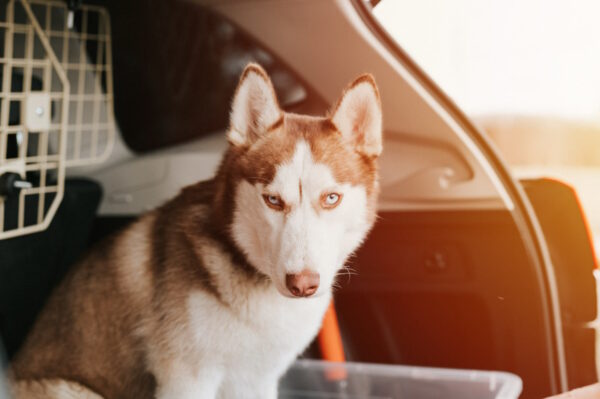
A dog harness that attaches to the seat belts is a better method to safely restrain a dog. Specialist crates can also be used for smaller dogs and cats.
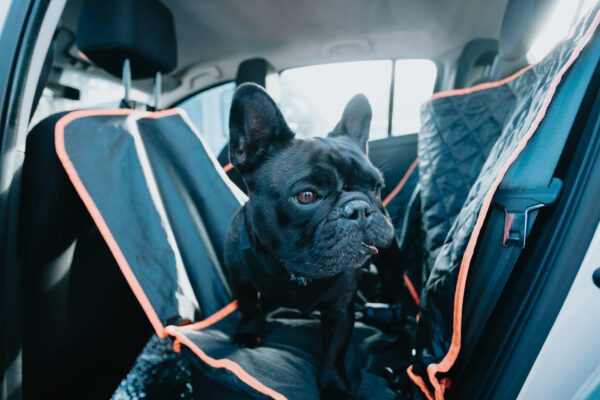
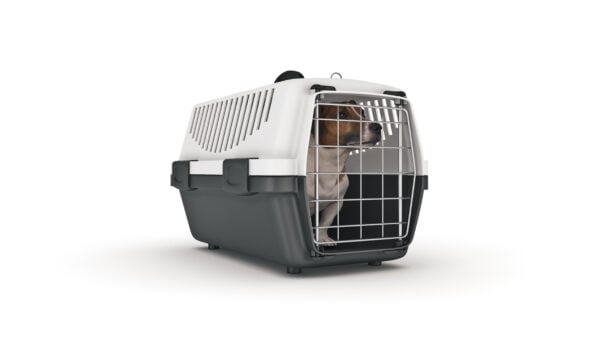
It’s not a good idea to let your dog hang its head out of the window as it can get insects and dust in its eyes. It can also snap at passers by – if your dog injures a person then you could be charged and it could be put down.
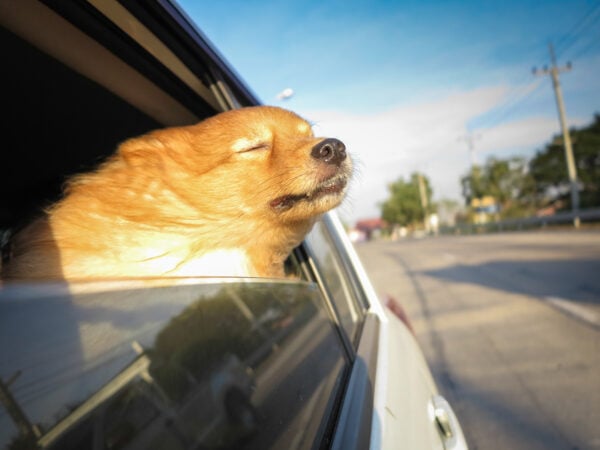
It’s not only that pets can become dangerous under braking, but if they can walk around the cabin then they can get under your feet and interfere with your ability to brake.
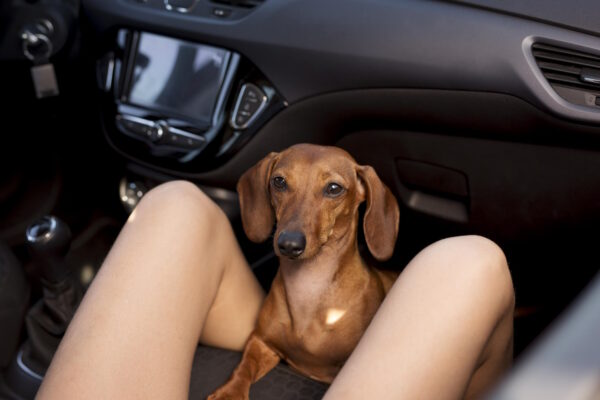
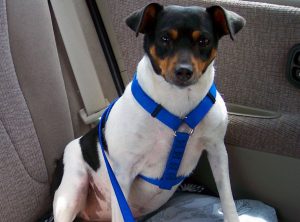
You should never transport your dog on your lap in the car. If you have an accident and the airbag goes off your dog could be crushed between you and the airbag.
Overheating
Be careful transporting pets during hotter weather as they can overheat quickly. Temperatures inside a car can rise 20 degrees Celsius within 30 minutes, and cats and dogs don’t have the ability to regulate their body temperature like humans.
Dogs on utes
Dogs can be transported on the deck of a utility vehicle if it is tethered to a central point behind the cab. The rope or tethering strap must be long enough to allow the dog to sit and lie down, but not so long as to let it lean out over the edge of the deck. This prevents the dog from slipping over the edge and hanging itself. Use swivels to avoid it becoming tangled.
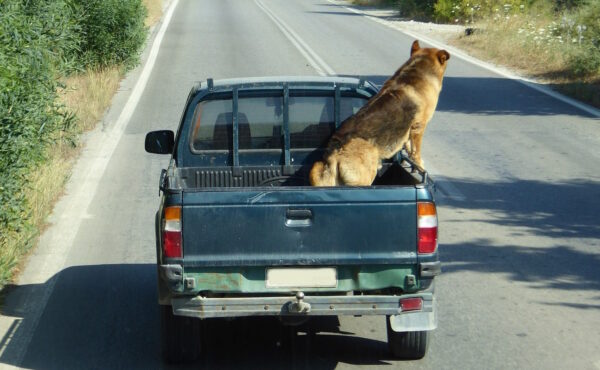
You can also use a cage which is then attached to the ute, or blocked in by other items you are carrying. This should be enclosed and out of the hot sun.
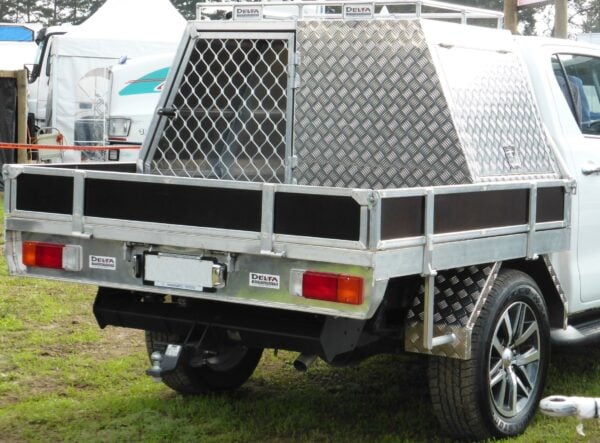
Many dogs are injured every year on the back of utes by being struck by tree branches, flying insects and debris, or jumping off while the ute is in motion.
In hot weather, a ute tray can become very hot and burn your dog’s paws. They can suffer from heat stress and dehydration, and can get dust and other things in their eyes and ears.
Avoid using a choker chain as it can strangle a dog if you brake suddenly.
Make sure that anything else you are carrying on the back of your ute is fastened down so that it doesn’t move and crush your dog.
You are legally required to ensure your dog is safe, and also legally required to ensure your dog can’t bite passersby. An unrestrained dog on the back of a ute is an unsecured load.

